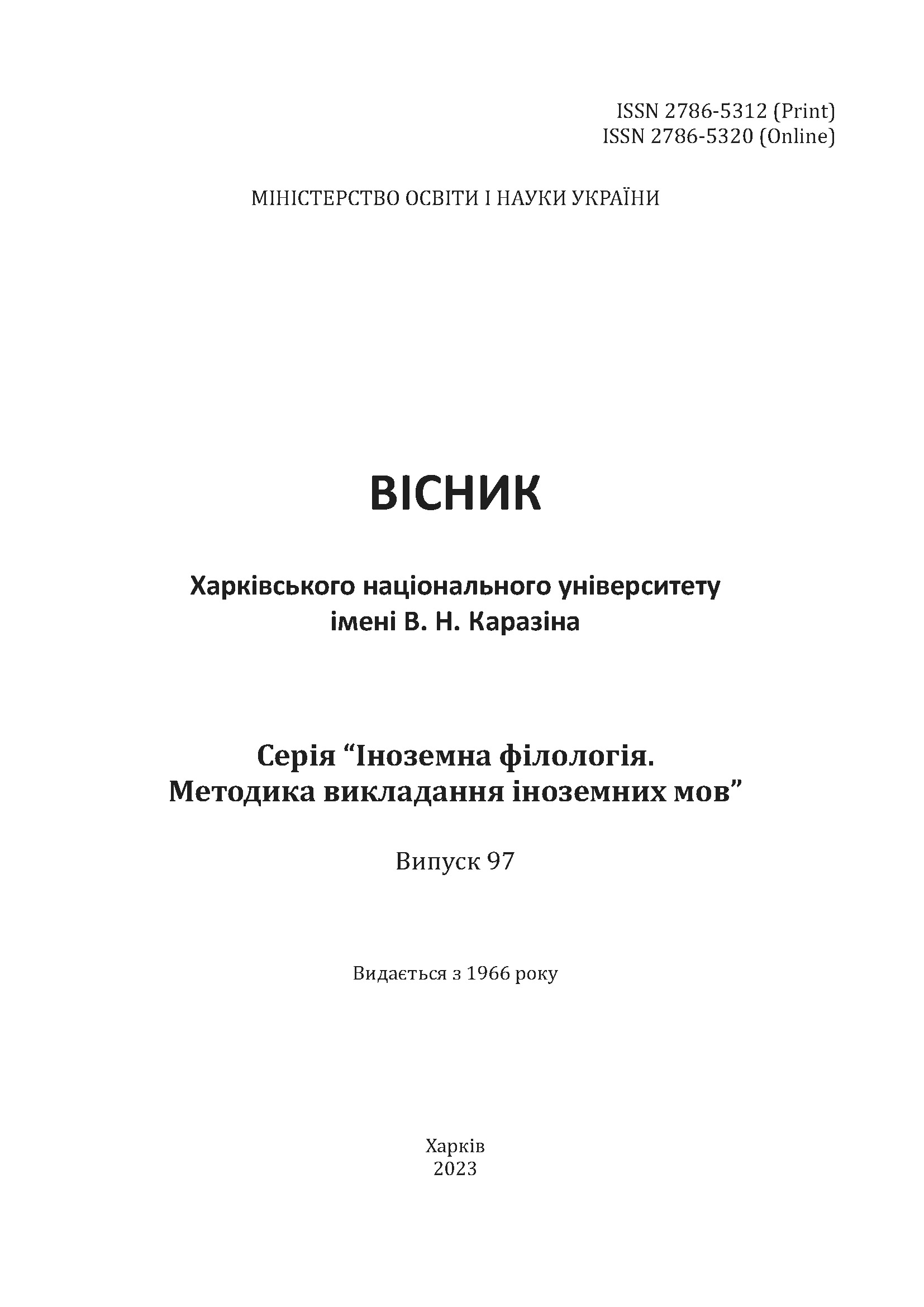Creativity as the driving force of screen adaptations (based on the “Lost Symbol”)
Abstract
The article deals with the creative aspect of screen adaptations as a form of intersemiotic translation. It considers the film-makers’ creativity as a tool employed to ensure commercial appeal of the target media product while following the conventions of meaning-making in the multimodal space of cinema and preserving social and cultural features of the source. Adapters are not bound by the equivalence criterion to the same extent literary translators are. However, the choice of the work of literature is never made at random, it is determined by the value of the source text for the target audience. Consequently, its reinterpretation shall meet the expectations of those familiar with the original but also respect the affordances in force in a medium where the visual aspect prevails over language.
The current paper studies the screen adaptation of “The Lost Symbol” by Dan Brown, a novel filled with mystery but also focused on the broad historical and cultural perspective on the facts and myths surrounding the Order of Masons. The film-makers choose to emphasize the quest-like nature of the narrative by increasing the number of riddles in the spirit of Freemasonry in order to reinforce suspense. Their characters also evolve in terms of personalities they endowed with. Their feelings and emotions in the novel are solely restricted to what is required in order to pursue the search. The actors’ play, however, cannot be as simple as that which urges film-makers to elaborate on every facet of their individuality. A complex mixture of fear, love, curiosity, regret, inspiration and much more become the driving force of the story. Meanwhile, the ancient wisdom they seek is no longer reserved for a limited circle of the enlightened but for anyone able to see through the symbols.
Downloads
References
Andrew, D. (1995). Mists of Regret: Culture and Sensibility in Classic French Film. Princeton University Press.
Aranda, L. (2009). Forms of creativity in translation. Cadernos de Tradução, (1), 23–37. Retrieved from: https://www.researchgate.net/publication/307699599 _Forms_of_creativity_in_translation
Benjamin, W. (1955). The Task of the Translator. Illuminations.
Brown, D. (2009). The Lost Symbol. Doubleday.
Brown, D. (Writer), & Howard, R. (Director). (2021). The Lost Symbol. In B. Grazer (Executive Producer), The Lost Symbol. Imagine Television Studios.
Cattrysse, P. (2014). The interpreter as translator and translator as interpreter. The Routledge Handbook of Translation and Interpreting Studies
Chatman, S. (1978). Story and Discourse: Narrative Structure in Fiction and Film. Cornell University Press.
Dusi, N. (2015). Intersemiotic translation: Theories, problems, analysis. Semiotica. Retrieved from https://www.degruyter.com/document/doi/10.1515/sem-2015-0018/html
Folkart, B. (1991). Le conflit des énonciations, traduction et discours rapporté. Éditions Balzac.
Jakobson, R. (2000). On Linguistic Aspects of Translation. In L. Venuti (Ed.), The Translation Studies Reader
Leeuwen, van T. (2005). Introducing Social Semiotics. Routledge.
Lefevere, A. (1992). Translation, rewriting, and the manipulation of literary fame. Routledge.
Mackenzie, R. (1988). The Art of Translation: Voices from the Field. Northeastern University Press
Marais, J. M. (2017). Translating Humour in Audiovisual Texts. Palgrave Macmillan.
Perdikaki, K. (2016). Adaptation as translation: Examining film adaptation as a recontextualised act of communication (Doctoral dissertation). University of Surrey, Guildford.
Schmidt, J. N. (2013). Narration in Film. The Living Handbook of Narratology. Retrieved from: http://lhn.sub.uni-hamburg.de/index.php/Narration_in_Film.html
Tiberghien, G., Abdi, H. (2002). Dictionnaire des sciences cognitives [Dictionary of cognitive sciences]. Armand Colin.




